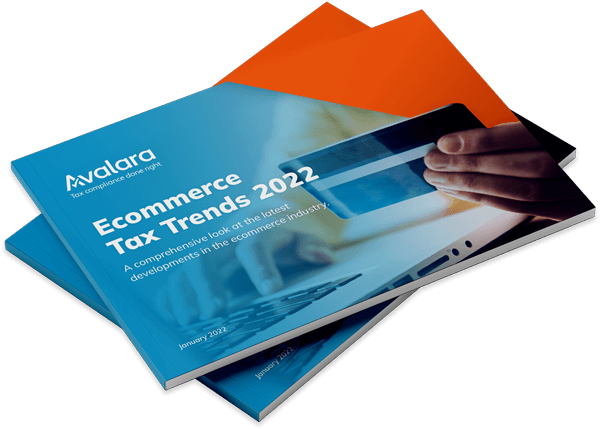
Five operational UK VAT updates affecting systems, data, processes and controls
There are a number of recent or upcoming UK VAT changes that will likely have an operational impact on businesses, requiring changes to indirect tax systems, processes or data. We have summarised five of the key VAT updates below.
1. HMRC provide archiving service to access older Postponed Import VAT Statements
When Postponed Import VAT Accounting was launched in January 2021, HMRC only provided access to copies of the Postponed Import VAT statements via the Customs Declaration Service (CDS) for six months. Businesses were therefore advised to ensure that they downloaded the PDF statements each month and archive these internally with their VAT returns and supporting documentation. However, HMRC has recently issued updated guidance to confirm that it will now provide an archiving service for older PIVA statements. UK VAT registered businesses that have signed up to the CDS can simply select ‘Requesting an older statement’ on their financials dashboard in their CDS portal.
2. Extension of Making Tax Digital for VAT for all UK VAT registered businesses
By April 1, 2022, all UK VAT registered businesses, regardless of their size, turnover or whether they are a UK business or foreign company, will have to comply with the Making Tax Digital (MTD) requirements. MTD has been introduced in a phased approach and the last phase will require the final group of businesses to comply i.e. those voluntarily registered for UK VAT and trading below the UK VAT registration threshold. This will include SME business in the UK, as well as branches and representative offices of overseas companies. By way of a reminder, the three key components of MTD are:
- Keep prescribed transactional level detail (sales and purchases) digitally
- Submit the UK VAT return via an API to HMRC (usually software)
- Maintain “digital links” throughout the VAT compliance process, from the underlying data through to the submission (with no copy and paste or manual re-entry of data)
3. Reduced VAT rate change
The temporary reduced VAT rate (12.5%) for the hospitality sector will revert back to the 20% standard rate on April 1, 2022. Businesses in the hospitality sector, including restaurants, cafés or pubs, hotels and holiday accommodation providers should ensure that they are prepared for the rate change, including any required changes to billing and EPOS systems, ERP and accounting systems and pricing. In addition, as offices have begun opening up and business travel is starting to happen again, all businesses should ensure that their systems are updated to cope with the historic and future VAT rates to ensure that the correct amount of VAT on T&E expenses is booked and recovered.
4. New VAT penalty regime for late payments
HMRC have issued further details on the new UK VAT penalty regime, including a table detailing the first affected accounting period for the VAT penalty reform per different filing frequencies, and the corresponding dates on which the earliest possible late submission penalties, late payment penalties and interest could be applied.
The new penalty regime will be effective January 1, 2023, however there will be an initial light touch approach in relation to late payments in the first year (a ‘period of familiarisation’). HMRC has said that where a taxpayer is doing their best to comply, HMRC will not assess the first penalty (2%) after 15 days, instead allowing taxpayers 30 days to approach HMRC before a penalty is charged. HMRC has also confirmed that it will not apply a behavioural element during this initial period of familiarisation and apply the same approach to everyone. However, businesses should be aware that before the new penalty regime is introduced, the current ‘default surcharge’ regime will continue as normal without any soft landing for businesses that have recently signed up for Making Tax Digital and may be submitting their VAT returns via an API or with a new process for the first time.
5. Intrastat changes
From January 1, 2022, Intrastat declarations will only need to be submitted for movements of goods between Northern Ireland and the EU. Movements between Great Britain (England, Scotland and Wales) and the EU will no longer be covered by Intrastat due to Brexit. UK businesses completing Intrastat in Northern Ireland or in other EU member states should also be aware of recent changes which require two additional data elements to be reported – the Partner ID (the VAT number of the buyer / receiver of the goods) and the Country of Origin (the country where the goods that are being dispatched were originally wholly manufactured or produced using the relevant 2-digit ISO country code).
Need help with your UK VAT compliance?
Researching UK VAT legislation is the first step to understanding your VAT compliance needs. Avalara has a range of solutions that can help your business depending on where and how you trade.
Total results : 4
E-invoicing in the UK
Finance and tax compliance: make your business grow faster
Germany excludes UK tourist operators from VAT TOMS
End of transitional period for Import VAT changes in France
Stay up to date
Sign up for our free newsletter and stay up to date with the latest tax news.




